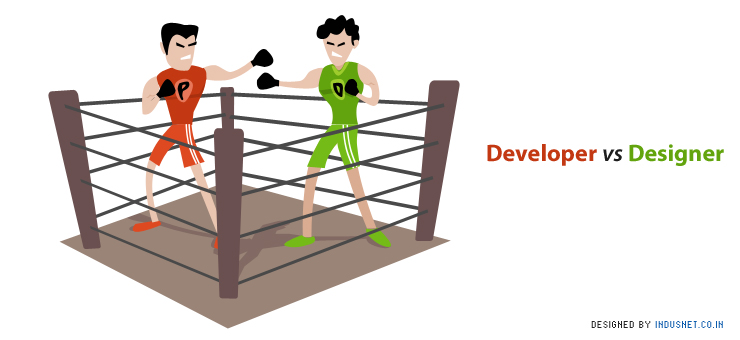How to Build Successful Mobile Apps?
As Smartphones are constantly evolving, people are preferring to go mobile to be able to have information access at fingertips. At present the number of mobile devices has exceeded the number of desktop computers. According to Microsoft Tag’s survey for the year 2011, there are over 4.3 billion mobile phones and out of that over a billion are Smart Phones. A Smart Phone becomes really smart when it is feed with Apps. According to a survey by Nielson usage of Mobile App is about 56% of all action performed in smartphones. This shows the immense popularity of the Mobile Apps. When we look at the number of approved Apps in Apple’s App Store or Android Marketplace (the 2 most widely used Smart Phone OS platform) it becomes more obvious. Almost half a million in each of them, they really look like saturated. But opportunities are still there to make a fortune out of a Mobile App. Not all the Mobile Apps developed are successful. So what are the differentiating factors that separate the successful Apps from the failed one? We have compiled few tips which need to be considered before developing a Mobile App and making it successful. Researching to Generate Idea Thorough research before finalizing development of an App is very essential. With thousands of apps in Marketplace chances are high that your App will be a replica of another existing App. If you still decided to work on an existing App you can find out what is lacking in the existing App and come up with an improved one which will generate interest in people and your App will be widely used. Choice of Mobile OS Once you are done with your research to finalize what you want to develop, you need to decide the platform for which you will be launching the App. As Native Mobile Apps are not cross platform compatible they need to be developed separately for each platform like iOS, Android, Windows or Blackberry.Windows and Blackberry marketplace having less number of apps, any newly added app will have greater visibility contrary to iOS and Android. But Android having highest market share worldwide (approximately 38% by April 2011 and expected to reach 49% by mid 2012) you can have more number of users when you develop a native App for Android and it really clicks. The following image from Nielson’s report shows the market share of different smart phone OS in US. The table below shows Gartner’s data on Sales volume and market share in percentage of mobile devices by Operating System. The figures for 2012 and 2015 are expected. Know Your Target Audience When you finalize the type of app you are going to develop you have to identify the audience for the App. Each App present in any market place is targeted towards a specific group of people. So when you successfully identify the audience for your App their needs will be clearer to you and you can work out how well you can satisfy them. This one done successfully is like owning half the battle and nothing will stop your app from being successful. Ease of Usage No one prefers complexity and that holds good even for Mobile App. While designing the app make sure the interface is aesthetically appealing and it has an easy to follow navigation. Whatever features your app might be providing, if it is not easy to use, it will not take a second thought by the users to press the delete button. So good features combined with aesthetically appealing UX design will make you App a hit. Naming your App Name of the App plays a vital role in App’s success in the marketplace. So giving a proper name to your App is a very important step in your App development cycle. The name should be catchy, should have a high recall value and should properly demonstrate what purpose the App serves. Social Integration Try integrating your app with social tools like Facebook and Twitter. These will let the users interact with their social profiles through the App and their feeds can be updated through the App. You can even allow login to the App through Facebook and Twitter. Marketing Even though your App is completely unique and addressing the most sought after requirement in mobile space, if it does not reach to the target audience, it is of no use. So a strong marketing campaign to improve the App visibility is very important. The below chart from Nielson’s report on how consumers find branded mobile app will help in creating a proper marketing campaign: Updates and Customer Support Your App should undergo constant development and new features need to be added as and when needed. This also keeps the competition out of your reach. The App should come with proper support in the form of tutorial and help file as well as email and phone support when required. Once you reach at the top in order to sustain your position you need to be engaged with your users. Be active on social media and communicate with your users by asking for feedback and answering their queries. Also encourage them to vote for your App in the marketplace. All the above points when kept in mind while developing a mobile App will definitely make your App successful.
